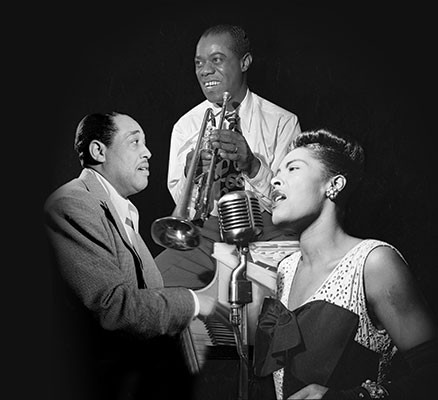Every February, citizens of the United States, Canada, and the United Kingdom celebrate Black History Month to raise awareness about racial inequality and recognize individuals who endured the hardships of slavery, fought for liberty and made significant cultural and social contributions. In particular, exploring positive aspects of Black History, such as their social and cultural contributions will allow us to develop a stronger sense of appreciation for this community.
“History has shown us that courage can be contagious and hope can take on a life of its own”
— Michelle Obama
Avid for visual and instrumental art, I wanted to explore the significance of the Harlem Renaissance: a period of cultural revitalization that traversed from 1918 to 1938 in Harlem, Manhattan, New York City. During the Harlem Renaissance, Black people gathered and settled in Harlem because they considered it a haven where they could seek refuge from the hostilities of the North and South of America.
 Harlem was a creative and abstract environment for Black people to create art and express themselves through visual art, literary works, political influence, dance, and fashion.
Harlem was a creative and abstract environment for Black people to create art and express themselves through visual art, literary works, political influence, dance, and fashion.
What is the Significance of the Harlem Renaissance?
The Renaissance was a turning point in history because, until the early 1900s, the Black community was pitied and feared as they were deprived of fundamental freedoms and characterized by stereotypes. However, the Renaissance provided them with the opportunity to redefine their identity on their terms. Their identity was defined not only by influential figures but also the whole population of Harlem, as they were often a source of inspiration and promoters of Black art.

While Black communities in the South endured horrid acts of violence, the Harlem population began to realize that Harlem was no longer an oasis but instead a quagmire, with increasing crime rates, poverty rates, and systemic segregation. But, the Harlem Renaissance was a way for the community to immerse themselves into an abstract world, to escape from the troubles of reality. And, Black artists often included this theme in their work, highlighting the social and political inequality that was present in their community. The Renaissance established the groundwork for the Civil Rights Movement in the 1950s.
Foundation of the Civil Rights Movement
In the 1950s, many influential figures in Harlem sought refuge from racism and discrimination in European cities, and the Civil Rights Movement begin to gain momentum. People of African descent migrated to America from all parts of the world, causing it to become more culturally diverse. This laid the foundation for the Civil Rights and Pan-Africanism Movements. And, the Crisis magazine, authored by W.E.B DuBois and The National Association for the Advancement of Colored People shone light on several issues related to these movements. Crisis contained artwork that was inspired by Harlem, and due to its magnitude, people outside of Harlem also learned about the Renaissance.

During this time, Marcus Garvey, a Jamaican journalist and publisher promoted Pan-Africanism and founded the Universal Negro Improvement Association to unify Black people. He was an advocate of Black pride and equality; his philosophies would soon ignite the Civil Rights Movement.
Although the Harlem Renaissance was a relatively brief period in history, the social and cultural impacts made by the Black community are still evident in contemporary society. Many of the literary styles that were developed by writers in this time such as jazz poetry, inspired modern Black writers to intertwine certain aspects of this poetry into their writing. It also inspired the themes that writers and artists discuss in their literature and musical works, such as racial inequality and the struggles of oppression. In conclusion, the Harlem Renaissance was a pivotal moment in history which led to an explosion of creativity within the Harlem community. It allowed this community to redefine and take pride in their identity.
